Future Focused: A Safer Way to Expose Private Server Names
Cisco Security
MARCH 27, 2021
Shrink the DNS attack surface with Auth-DoH. In this analogy, the invisibility superpower is DNS over HTTPS (DoH). It’s a new protocol that encrypts the DNS request to keep bad actors from discovering or altering domain names or snooping on users’ internet destinations. My inspiration: Loki , the Marvel superhero.)


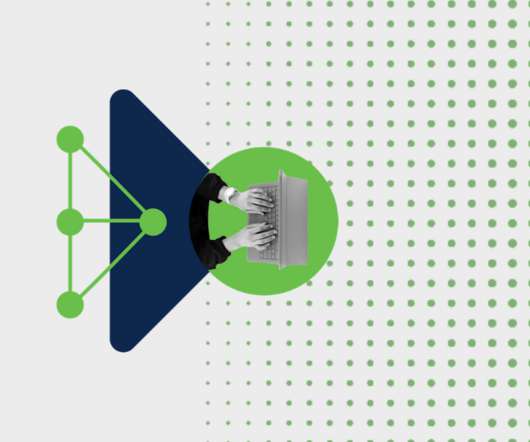
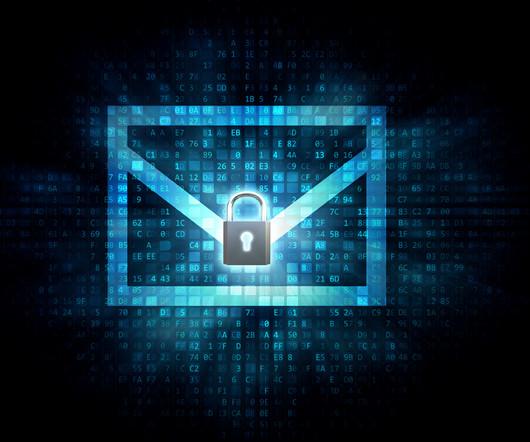


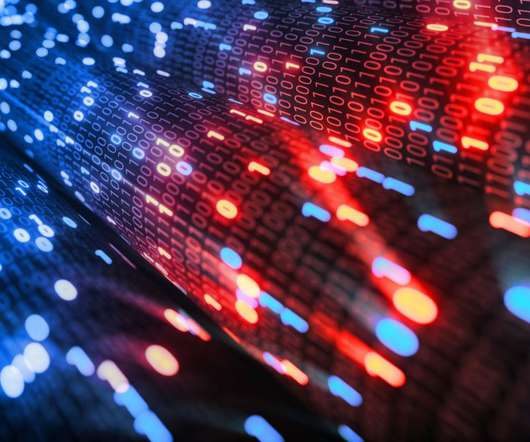
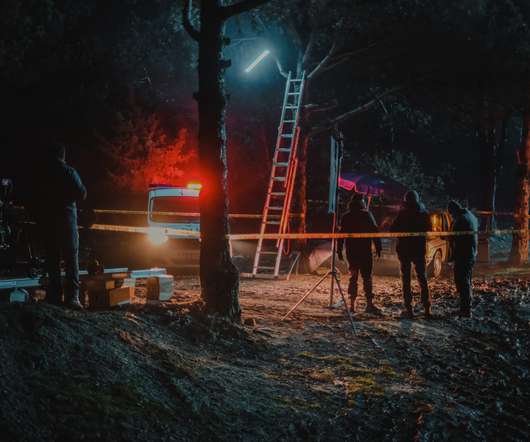
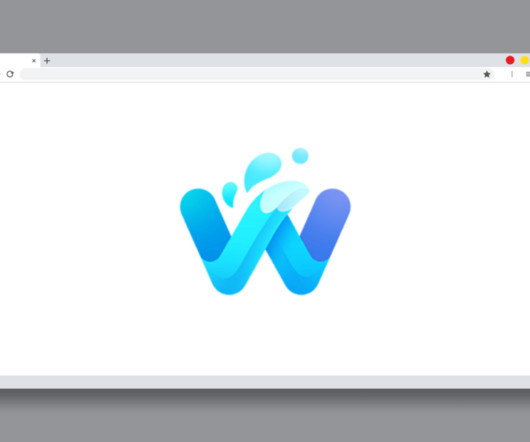
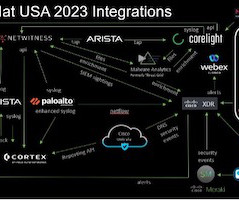
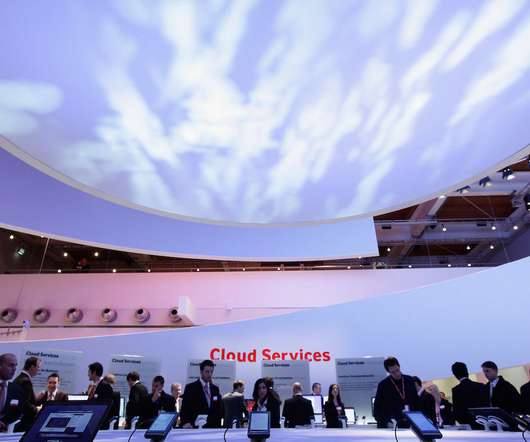








Let's personalize your content